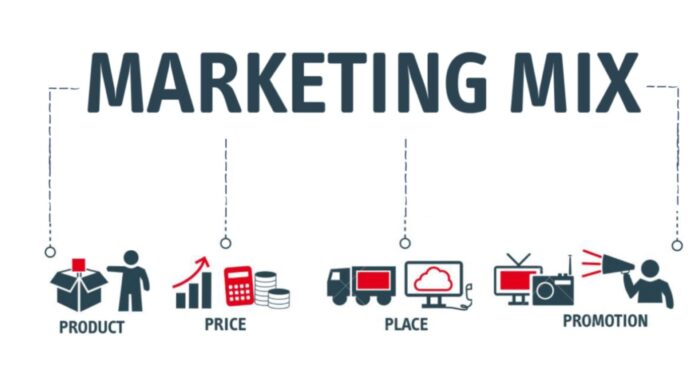Understanding how marketing works can help you develop an effective brand strategy. Using the four Ps, you can create a plan that will maximize value and minimize costs. You should look at your payment and distribution systems, your sales funnel, and the ways you communicate with your customers. Changing your processes can make them more efficient and streamline your company, which is crucial for branding. Besides, it will show your customers that you are dependable, and that they can trust you with their money.
The second P is price. You should review the price of your products or services to ensure that you’re offering an attractive deal. This will impact customer perception. Some customers will be turned off by too high a price, and in others, you’ll be pleased with your pricing. The goal of the marketing mix is to align your marketing activities with your customers’ needs. You can achieve this by incorporating all three factors into your brand strategy.
Pricing is the third pillar in the marketing mix. Companies should regularly review the prices of their products and services, and consider whether a price reduction will hurt sales to affluent women. In some industries, low prices are important, while high ones alienate consumers. In general, you can’t overvalue the role of price in the marketing mix. However, you should never underestimate the importance of pricing.
The second pillar in the marketing mix is price. While this is a more complicated and nuanced element, it can still have a major impact on a brand’s performance. If you’re trying to attract a wealthy customer base, lowering the price of a shampoo can negatively impact its sales. Similarly, lowering the price of a discount product can alienate potential customers.
The first “P” of the marketing mix is price. A company should regularly assess the price of its products and services. The price has a significant impact on a customer’s perception of a brand. Whether the prices are low or high, they are key to the success of a brand in that industry. A high-quality product, on the other hand, may alienate even more potential customers.
A successful marketing mix will focus on the target audience. Each element of the marketing mix must offer a unique value to the target market. A discount shampoo, for example, will not be as effective as a high-end shampoo. For example, a discount shampoo will not be able to entice affluent women. Likewise, a cheap product might confuse them with an expensive product.
The fourth “P” of the marketing mix is price. Often overlooked, price is the most important element of a brand’s marketing strategy. Moreover, it influences the consumer’s perception of the brand by influencing the purchasing process. When the cost of a product is high, it is likely to alienate consumers. Hence, it is imperative to assess the cost of a product before introducing it into the market.
The fourth P of the marketing mix is price. The price of a product or service must be affordable to the target customer. In addition, pricing is always a critical aspect of a brand. In some industries, price is crucial, while in others, it may alienate customers. It is therefore essential to consider how to set prices to attract the right customers. The fourth P is place. A price-sensitive brand is more likely to attract affluent customers.
The second P is price. Companies must continually assess the cost of their products and services. Depending on the type of product or service, it can be crucial to lower the price of its product or service. In contrast, a brand with a high price can alienate customers. The first P is price. A company’s price will always affect the customer’s perception of a brand. The third P is price.











